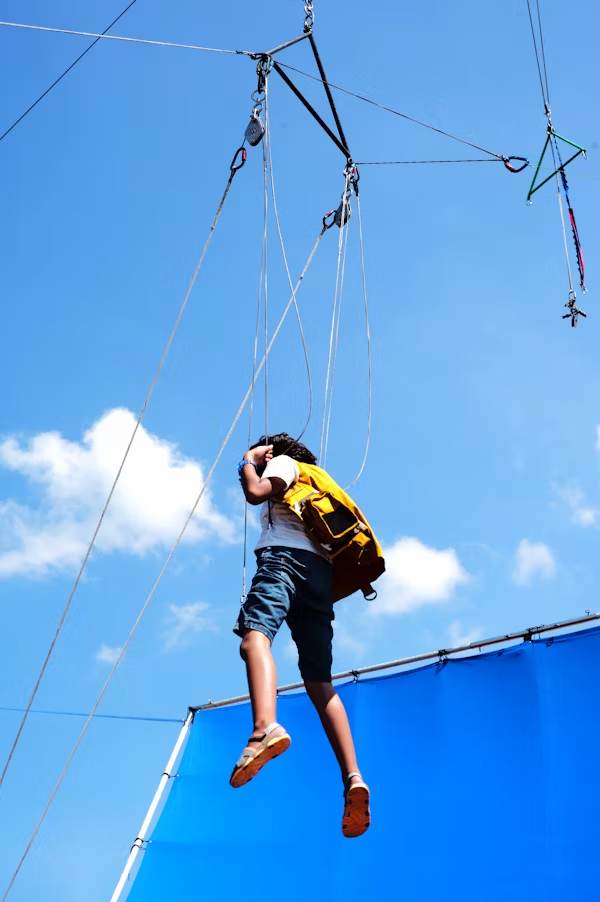Zero-Gravity STEM Activities for Classrooms: The Teacher’s Handbook for 2025

Why Teach Zero-Gravity Science?
Schools all over the world are incorporating zero-gravity experiments into STEM curricula as a result of private spaceflight companies like Blue Origin and Zero-G Corporation making microgravity accessible. These initiatives increase students’ interest in physics and space science while preparing them for jobs in the aerospace industry, which is expected to expand by 8% a year until 2030111.
This 2,500+ word guide discusses:
- The best zero-gravity experiments for 2025 (both flight-tested and classroom-friendly)
- How to use inexpensive tools to simulate microgravity
- Collaborations between NASA and MIT for student research
- Aerospace engineering career pathways
- Frequently asked questions + free experiment templates
1. Five Innovative Zero-G Classroom Experiments
1. Water Cup Without Weight
- Idea: Explain the behaviour of fluids in microgravity.
Supplies: drill, water, and plastic cup 1. Actions: - Near the cup’s base, I drilled holes.
- Cover holes and fill with water.
- Drop the cup; in free fall, the water stops flowing!—-
Science Link: NASA teaches fluid dynamics on the ISS using this1.
2. Make Your Own Kundt’s Tube
- The goal is to visualise sound waves in microgravity.
- I construct:
” diameer acrylic tube
- Frequency generator and speaker
- Polystyrene beads or other anti-static powder 1.
- 2025 Insight: This was tested on parabolic flights by MIT; nodes drastically shift in zero-g11.
3. A free-falling pendulum
- Tool: PASCO Wireless Rotary Motion Sensor Finding: In weightless conditions, pendulums cease swinging, but in lunar/Martian gravity simulations, they exhibit different periods1.
4. Challenge of the Balloon Rocket
- Objective: Examine Newton’s Third Law in relation to variable gravity.
- Extension: Examine the differences between the simulated 0.16g (Moon)7 and 1g thrust.
5. A Twisty Egg Drop
- The task is to shield an egg from impact and then redesign it for zero-g environments, where “falling” is nonexistent.
2. How to Create an Earthly Zero-G Simulation
A. Math for Parabolic Flight
- Free fall = 9.8 m/s² acceleration (complement this with vertical motion)1.
- Demo: Move a cart horizontally at a steady speed while dropping objects.
B. Affordable Substitutes
| Method | How It Works | Limitation |
|---|---|---|
| Drop Towers | 2s of microgravity from classroom height | Brief duration |
| Water Buoyancy | Neutral buoyancy mimics weightlessness | Only for fluid studies |
| Virtual Labs | Gizmos simulations show real ISS data5 | No tactile feedback |
3. 2025 Student Opportunities
A. Contests I
- SSEP Mission 21: ISS design experiments (due in November 2025)9.
- TechRise Challenge: Student payloads in high-altitude balloon flights12.
B. Academic Programs
- Graduate students test projects on parabolic flights at MIT’s Zero-G Flight11.
- Irish students at the University of Limerick submit experiments through Project PoSSUM6.
4. Professional Networks
| Experiment Skill | Related Jobs | Median Salary |
|---|---|---|
| Fluid Dynamics | Aerospace Engineer | $122,270 |
| Data Analysis | Space Systems Analyst | $95,300 |
| Hardware Design | Robotics Technician | $60,360 |
5. Safety and Ethical Aspects
- Pressure Risks: Health examinations are necessary for altitude changes in parabolic flights1.
- Equity: To pay for expenses, apply for NASA grants (such as the Flight Opportunities Program)12.
FAQs
A: Yes, via the educator program offered by Zero-G ($7,500 per seat)1.
A: Water cup monstration (less than $5)1.
A: Pay attention to HS-ESS1-4 (orbital mechanics)7 and HS-PS2-1 (motion forces).
Free Resources for Teachers
- Detailed instructions for conducting experiments
- Templates for grant applications
- Posters for career pathways